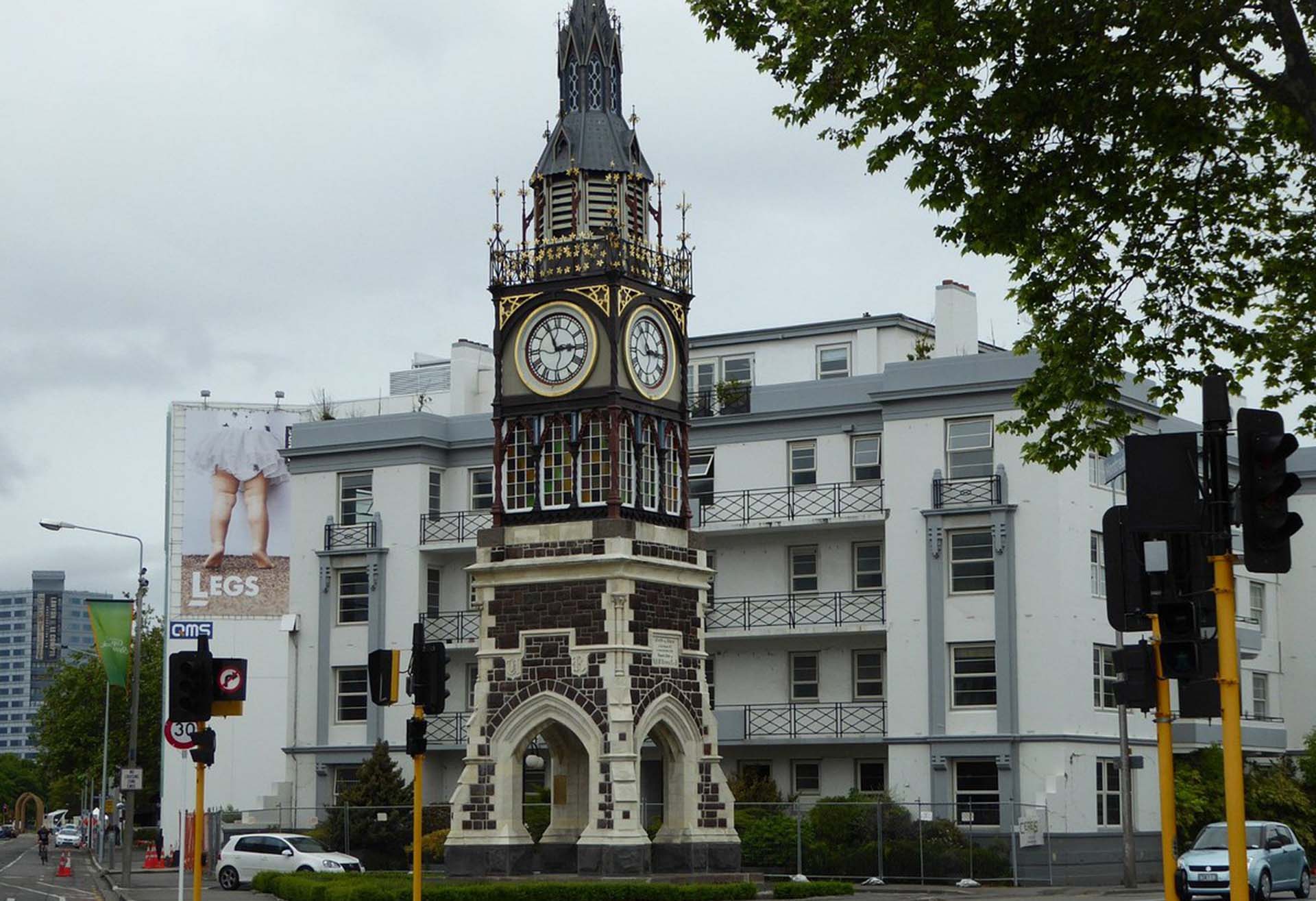Dubrovnik, often referred to as the “Pearl of the Adriatic,” stands as a testament to time, preserving its historical magnificence amid a backdrop of breathtaking landscapes. Nestled along the rugged coastline of Croatia, this ancient city boasts a rich tapestry of history, culture, and natural beauty that has captivated travelers for centuries.
Renowned for its starring role as King’s Landing in the iconic series “Game of Thrones,” Dubrovnik has drawn enthusiasts from around the globe eager to tread the same paths as their favorite characters. Yet, beyond its Hollywood fame, Dubrovnik remains an enigmatic city steeped in antiquity and tradition, inviting visitors to explore its hidden corners and marvel at its diverse attractions.
Within the city walls lie eight enchanting sites that embody Dubrovnik’s allure and cultural heritage. From the bustling thoroughfare of Stradun, featured prominently in “Game of Thrones,” to the serene Sunj Beach accessible only by boat, these destinations weave together a narrative of Dubrovnik’s past and present.
1. Stradun: Walking the Iconic Street (Game of Thrones)
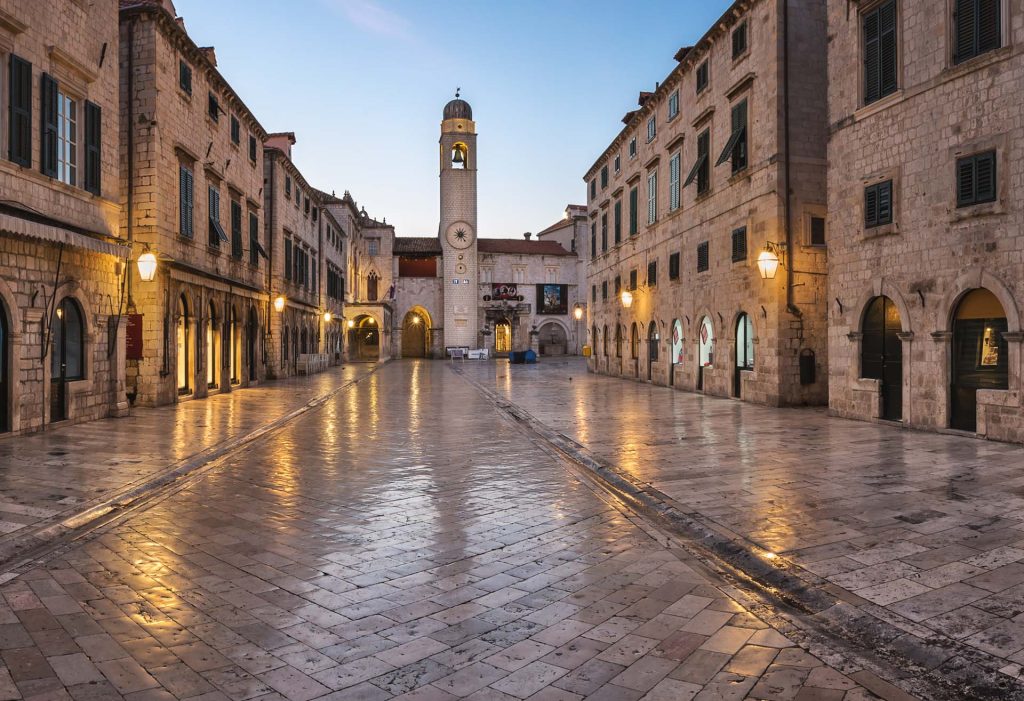
Stradun, also known as Placa, stands as Dubrovnik’s main thoroughfare and a captivating nexus of history and modernity. This iconic street, stretching from the Pile Gate to the Ploče Gate, embodies the beating heart of the city, drawing visitors with its historical significance and serving as a backdrop for pivotal scenes in the renowned series, “Game of Thrones.”
Historical Significance and Game of Thrones Connection:
Steeped in centuries-old history, Stradun remains a showcase of Dubrovnik’s past. Constructed after a devastating earthquake in the 17th century, it replaced a marshy channel that once divided the city. The street’s layout, lined with limestone-paved paths, reflects a harmonious blend of Baroque and Renaissance architecture.
In “Game of Thrones,” Stradun transforms into the bustling streets of King’s Landing. Recognizable landmarks like the Jesuit Stairs and the imposing Minceta Tower make appearances, allowing fans to step into the fictional world of Westeros.
Architectural Marvels and Vibrant Atmosphere:
As visitors traverse Stradun, they’re greeted by a picturesque scene—marble-clad buildings adorned with elegant facades and ornate doorways. The street boasts a melange of shops offering an array of local crafts, souvenirs, and inviting cafes serving Croatian delicacies.
The city’s architectural splendor unfolds along Stradun, showcasing landmarks like the Sponza Palace and the Church of St. Blaise. The stunning harmony of Gothic, Renaissance, and Baroque styles epitomizes Dubrovnik’s rich cultural heritage.
Tips for Exploring and Experiencing the Street’s Charm:
To truly savor Stradun’s charm, wander the street during the early morning or late evening when the crowds thin, allowing for a more intimate experience. As the day progresses, the street pulses with life, filled with tourists and locals alike.
Pause at one of the outdoor cafes to enjoy a cup of Croatian coffee or indulge in gelato while relishing the street’s lively ambiance. Exploring the side alleys branching off Stradun reveals hidden gems—quaint squares, artisan workshops, and lesser-known historical sites.
For a unique perspective, ascend the city walls adjacent to Stradun. This elevated vantage point offers a bird’s-eye view of the street and its bustling activity, providing an unmatched panorama of Dubrovnik’s Old Town.
Whether it’s reveling in the architectural splendor, immersing oneself in the Game of Thrones legacy, or simply soaking in the vibrant atmosphere, Stradun promises an enchanting exploration that encapsulates the essence of Dubrovnik’s historic charm.
2. Jesuit Stairs: A Stairway to Thrones (GOT)
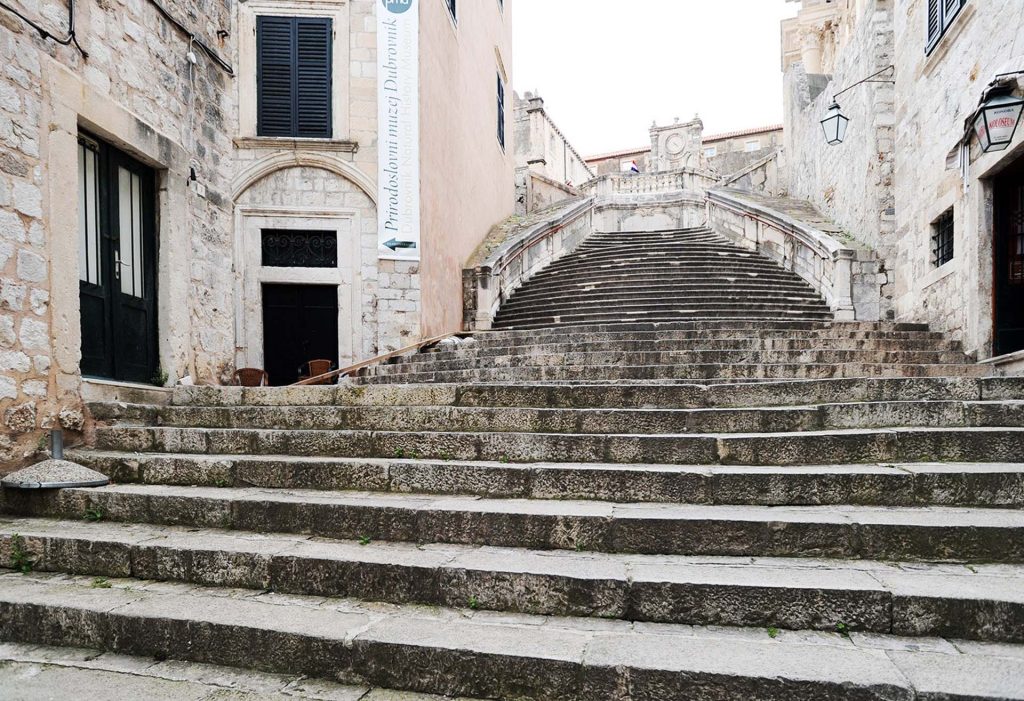
The Jesuit Stairs, an architectural masterpiece nestled within Dubrovnik’s Old Town, hold both historical significance and a special place in the hearts of “Game of Thrones” enthusiasts. These striking Baroque stairs, adorned with 17th-century elegance, serve as an essential backdrop in the series, adding to the allure of Dubrovnik’s cultural heritage.
Connection to Game of Thrones:
Famous for its prominent appearance in “Game of Thrones,” the Jesuit Stairs featured prominently as the setting for the memorable scene where Cersei Lannister commences her walk of atonement. The grandeur of these stairs provided an atmospheric and unforgettable backdrop for this pivotal moment in the series.
Historical Background and Architectural Significance:
Constructed in the early 18th century, the Jesuit Stairs were a testament to Dubrovnik’s dedication to architectural splendor during the Baroque period. They were designed by Pietro Passalacqua, an esteemed architect of the time, and embody a perfect fusion of grandeur and sophistication.
The stairs lead to the Church of St. Ignatius of Loyola, a magnificent Baroque church that exudes opulence and spiritual grandeur. The stunning facade and ornate detailing of the church captivate visitors, offering a glimpse into Dubrovnik’s rich religious and cultural history.
Best Times to Visit and Capture the Essence:
Early mornings or late afternoons are ideal for experiencing the Jesuit Stairs at their most serene. During these times, the light casts enchanting shadows across the intricate details of the stairs, creating a picturesque setting for photography enthusiasts.
Avoiding the midday rush allows for a more tranquil experience, enabling visitors to appreciate the stairs’ architectural beauty and historical significance without the crowds. The late afternoon sun bathes the stairs in a warm glow, enhancing their allure and providing an ideal backdrop for capturing memorable moments.
Exploring the stairs in the evening, when the city lights begin to illuminate the Old Town, offers a magical ambiance. The play of light and shadows against the Baroque architecture evokes a sense of timelessness, transporting visitors to an era of elegance and refinement.
In essence, visiting the Jesuit Stairs during quieter times allows for a deeper appreciation of their architectural splendor and historical importance. Whether admiring their beauty, reenacting scenes from “Game of Thrones,” or simply basking in their historical significance, the Jesuit Stairs offer a captivating experience that resonates with Dubrovnik’s rich heritage.
3. Rector’s Palace: A Regal Encounter (GOT)
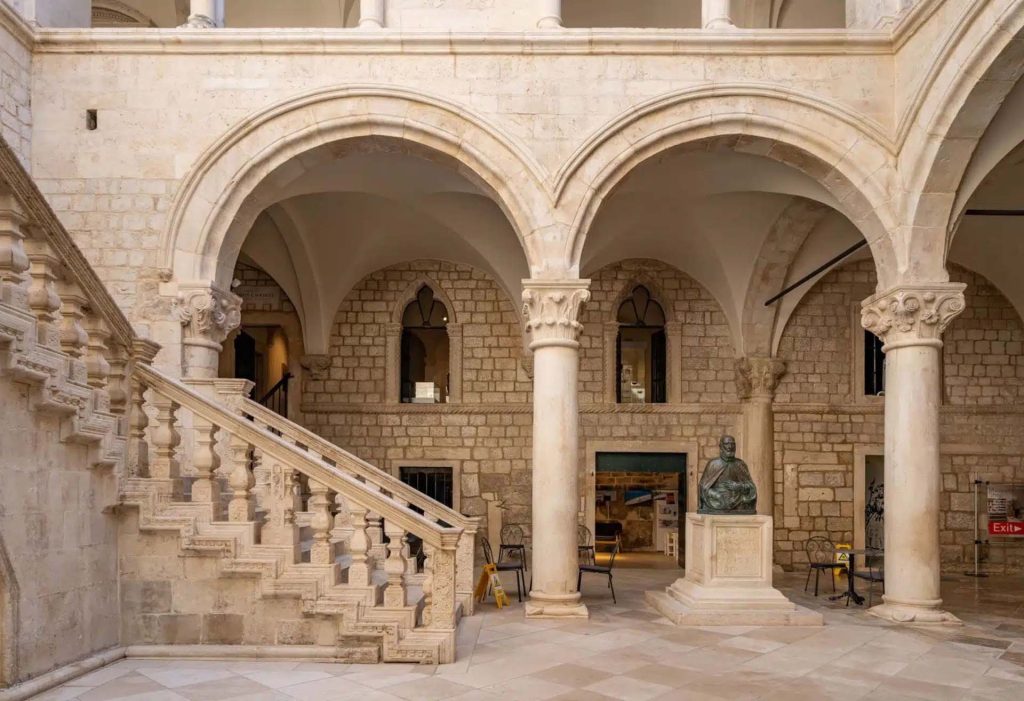
Historical Context and Game of Thrones Role:
The Rector’s Palace stands as a testament to Dubrovnik’s rich history and administrative prowess. Once the seat of the Republic of Ragusa’s government, this palace housed the elected rectors who governed the city-state. Its imposing facade and intricate design offer a glimpse into Dubrovnik’s political past.
In the realm of “Game of Thrones,” the Rector’s Palace took on a new persona as the location for several key scenes. Fans of the series will recognize it as the backdrop for the Spice King’s residence in the city of Qarth. Its majestic halls and historical ambiance provided a fitting setting for the show’s narrative.
Exhibits, Architecture, and Cultural Importance:
Today, the Rector’s Palace serves as a museum, inviting visitors to explore its corridors filled with exhibits that narrate Dubrovnik’s history, governance, and cultural heritage. Each room within the palace offers a glimpse into the city’s past, displaying artifacts, artwork, and historical documents that illuminate Dubrovnik’s legacy.
The palace’s architecture seamlessly blends Gothic, Renaissance, and Baroque elements, reflecting the evolution of Dubrovnik’s architectural styles across the centuries. Intricate details adorn its facade, while the interior boasts beautifully adorned rooms that once housed the city’s rulers.
Ticket Information, Prices, and Visiting Hours:
For those eager to explore the Rector’s Palace, tickets are available for purchase on-site or online, with prices varying based on age and tour packages. Ticket reservation in advance, especially during peak tourist seasons, is recommended to avoid long queues.
Visiting hours typically span from morning to early evening, though they may vary seasonally. It’s advisable to check the official website or local tourism offices for updated information on opening hours and any temporary closures due to maintenance or special events.
In summary, the Rector’s Palace encapsulates Dubrovnik’s historical grandeur, serving as a repository of the city’s past while offering a tangible connection to both its political heritage and its portrayal in the realm of “Game of Thrones.” A visit to this cultural gem promises an immersive journey through Dubrovnik’s rich history and architectural splendor.
4. Clock Tower: Witnessing Time Unfold
Clock Tower: Timeless Architecture and Historical Relevance
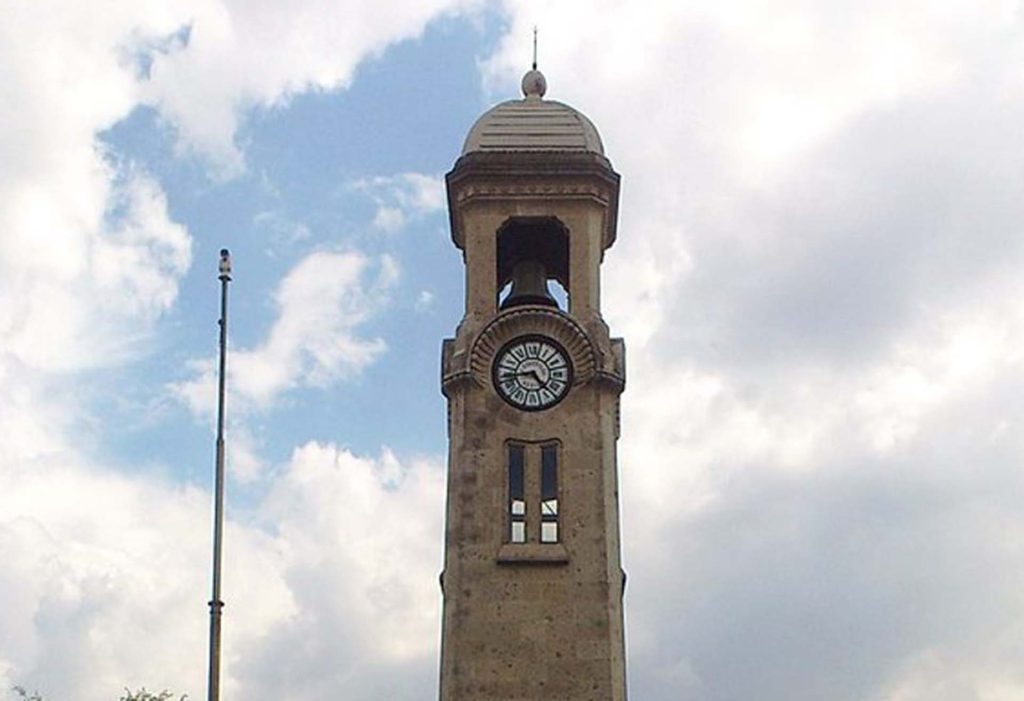
Architecture and Historical Significance:
The Clock Tower, an iconic landmark adorning Dubrovnik’s skyline, is a testament to the city’s timekeeping history and architectural finesse. Constructed in the 15th century, this exquisite structure stands tall, featuring a unique blend of Gothic and Renaissance styles.
Atop the tower sits a striking bronze bell and a mechanical clock, showcasing intricate craftsmanship and precision. The tower’s design harmonizes with the surrounding buildings, creating a picturesque scene within the Old Town’s intricate maze of cobblestone streets.
Historically, the Clock Tower played a pivotal role in the daily lives of Dubrovnik’s inhabitants. Its bell tolled to mark significant events, regulate business hours, and alert the city of potential threats or emergencies.
Accessibility, Ticket Information, and Opening Hours:
The Clock Tower is easily accessible within Dubrovnik’s Old Town, situated near the city’s central square, Luža. Visitors can easily reach it on foot while exploring the charming streets of the historic district.
Typically, access to admire the Clock Tower from the exterior doesn’t require a separate ticket. However, if there are guided tours or access to the tower’s interior or clock mechanisms, tickets may be required. It’s advisable to inquire at the site or check the local tourism office for any specific ticketing information.
Regarding opening hours, the exterior of the Clock Tower is visible throughout the day and night, providing a stunning sight against the backdrop of the city’s ancient walls and red-roofed houses. For tours or access to specific sections, the hours may vary, so checking ahead of time is recommended.
Suggestions for Best Views or Photography Spots:
Photography enthusiasts will find the Clock Tower a captivating subject from various angles. For an iconic shot, capture it from Luža Square or Stradun, where its grandeur juxtaposes against the bustling streets and historical architecture.
For a unique perspective, ascend the city walls near the Clock Tower. This elevated position offers panoramic views, allowing photographers to frame the tower against the Adriatic Sea or capture the play of light and shadow during sunrise or sunset.
Additionally, wandering the nearby narrow streets reveals charming vantage points that showcase the Clock Tower amidst Dubrovnik’s enchanting ambiance. Don’t hesitate to explore and find your perfect angle to capture this timeless symbol of the city’s history.
Above is my explanation of the Exploring Dubrovnik: Eight Must-Visit Sites. Next time, I will continue to detail the remaining places.
